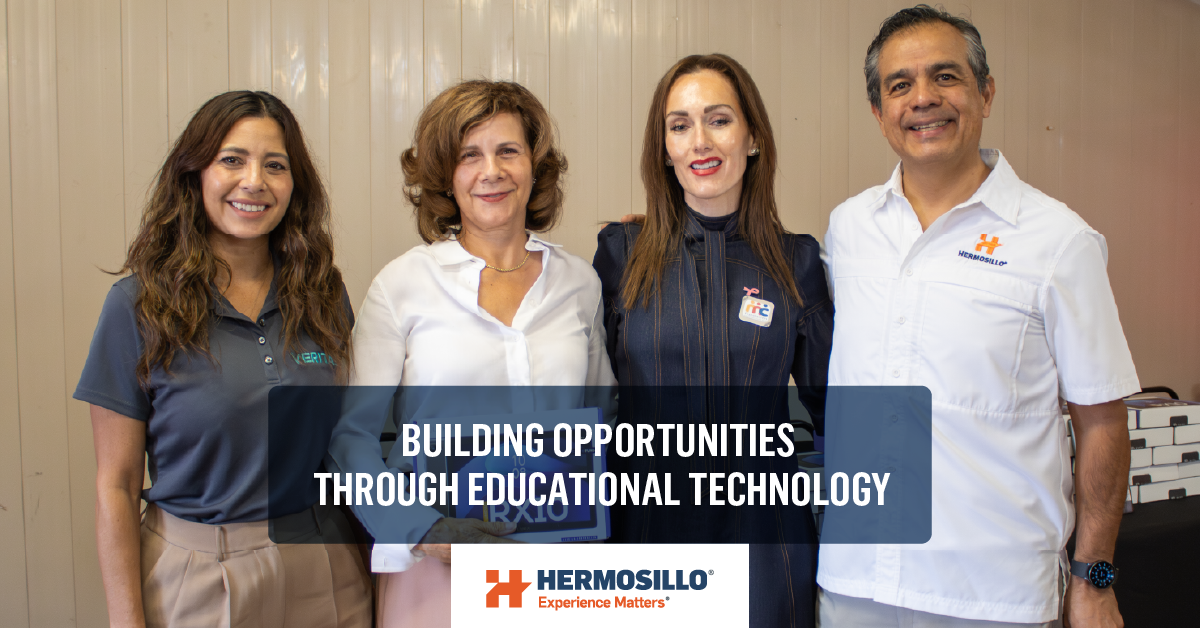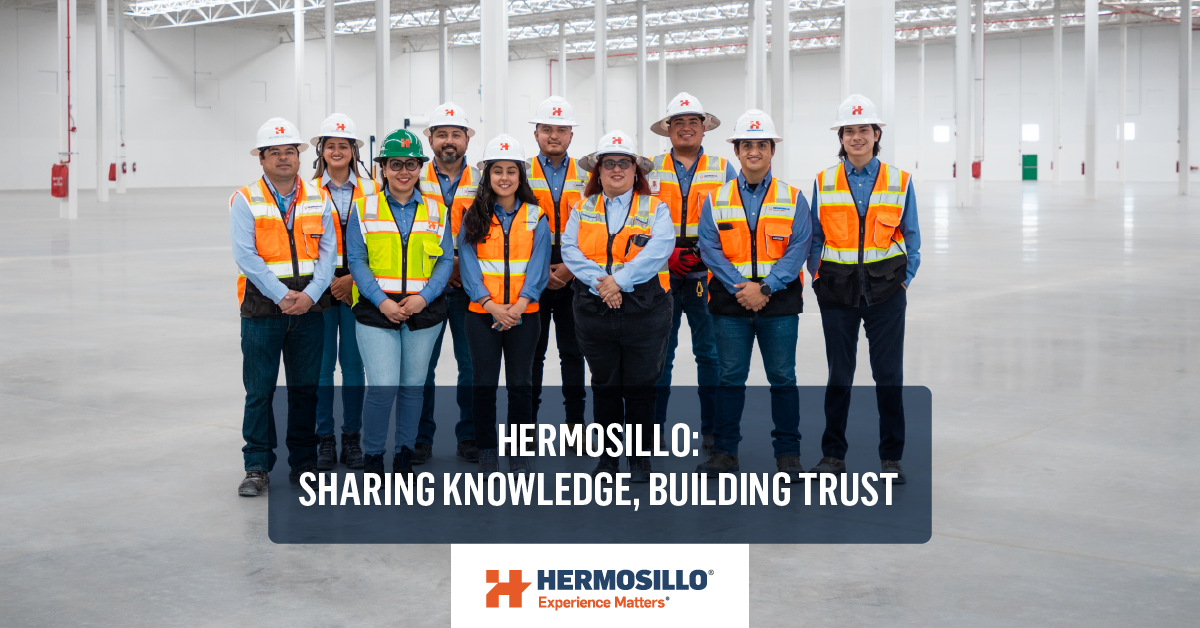
Our commitment as general contractors is not only to our clients but to our planet. Designing and building the spaces we live, work, and grow in is a great responsibility—one that must go beyond performance, costs, and quality. Today, we must also consider the impact on natural resources, the environment, human health, biodiversity, and long-term sustainability. Our responsibility reaches far beyond business.
According to 2010 data, buildings consume 45% of global energy and 50% of the world’s water supply. These figures highlight the urgent need for the construction industry to shift toward green building practices that reduce our carbon footprint and help preserve vital resources.
We have always believed that small actions, done consistently, can lead to significant change. Sustainability is not a trend—it’s a mindset and a culture that can transform how we build.
Although we still have a long way to go, we would like to share the actions we have taken steadily over the years. Anyone can pave their way to sustainability; it just takes commitment. In this blog post, we aim to share some of the sustainable actions that any contractor can take, as well as the basic concepts to understand sustainability in the construction industry.
What is Sustainable Construction?
Sustainability is meeting our own needs without compromising the ability of future generations to meet their own. It is about leaving sufficient resources for future generations to have a life similar to ours.
This core meaning can be applied in the construction industry.
Therefore, sustainable construction is the application of sustainable development principles to a project’s life cycle. It considers the planning, construction, and waste management. The building industry should aim to sustain harmony within its environment.
Besides, the project should also consider these six principles to ensure sustainability.
- Conserve
- Reuse
- Renew/Recycle
- Protect Nature
- Non-Toxic
- Quality
The goal is to minimize the environmental impact—particularly in terms of resource consumption and carbon emissions—by practicing sustainable actions, whether through materials, building codes, or the construction process.
LEED Certification® and Industry Standards
One of the most recognized standards in the industry is LEED certification® (Leadership in Energy and Environmental Design), which promotes sustainable site development, water savings, energy efficiency, material selection, and indoor environmental quality. While not every project may pursue formal certification, using LEED® guidelines as a benchmark can help elevate your sustainable practices.
Sustainable Construction Practices in the Construction Process
These are five actions that we have tested and proven to improve sustainability in the green construction process, reflecting our contractor’s commitment to implementing sustainable building practices throughout every stage of a project.
1. Waste reduction with Lean Construction.
Waste encompasses a lot of things. According to Lean theory, there are eight types of construction waste: transportation, inventory, motion, waiting, overproduction, over-processing, defects, and skills. Even though the definition of sustainable construction does not encompass all of them, there is some overlap.
Adopting Lean Construction methods for our frameworks and processes has required a significant amount of time, effort, and discipline. Nevertheless, it has been gratifying to become an inherent part of our business. That is why we put it in the first place. Working with Lean methods, alongside tools such as Building Information Modeling (BIM), has led us to become more sustainable. It has helped us to:
- Standardize processes
- Use equipment efficiently
- Minimize waste
- Deliver higher-quality projects
2. Separate solid waste and seek to recycle construction material.
Construction projects generate an enormous amount of waste. It is estimated that on typical construction sites, around 30% of the total weight of the building material is waste. This means that it is crucial to reduce this number by recycling and separating the usable materials from the unusable ones.
3. Have a strict collection and disposal plan for waste.
Plan to ensure that waste is safely and correctly disposed of in accredited locations. As we mentioned before, being sustainable is also about what you do after the project is delivered. The key is to generate the least amount of waste and then dispose of it in the right places.
4. Protect the environment in every sense.
Sustainability also means respecting the local ecosystem. Use treated or recycled water in operations where possible to support water conservation and minimize environmental disruptions like noise and dust. Protect native flora—or relocate it if necessary—and prioritize the use of local building materials.
5. Implement sustainable design building practices.
The design phase is critical for sustainability. Collaborate with architects and engineers to:
- Incorporate renewable energy sources like solar or wind power
- Choose modular construction methods that reduce waste and increase build speed
- Use high-efficiency mechanical systems
- Select eco-friendly materials to lower embodied carbon
- Design for reduced energy and water consumption
Sustainable Construction Biggest Challenges
The biggest obstacle is the lack of education on the subject. There are many people and teams involved in a construction project. The impact is proportional to the chain of people who are on board with being sustainable. Sometimes, General Contractors should take leadership and encourage subcontractors and suppliers to join with specific actions.
Wrapping Up
In the end, it is all about committing to the cause. And the truth is, working towards the purpose of being sustainable brings beneficial side effects, such as cost reduction and higher quality projects. Nevertheless, a significant amount of work needs to be done beforehand, involving considerable planning and monitoring. All it takes is to start doing it.
As we said, the more people involved, the larger the impact. The goal is that clients, government institutions, GCs, architects, subcontractors, and material manufacturers all work towards the same vision. But for that to happen, someone needs to start the conversation. Change is not easy, but in the long run, it is gratifying.






